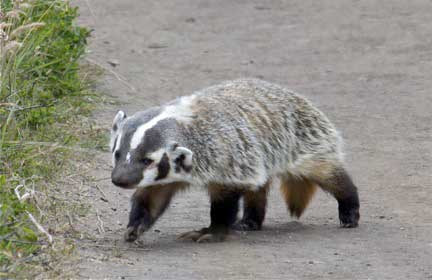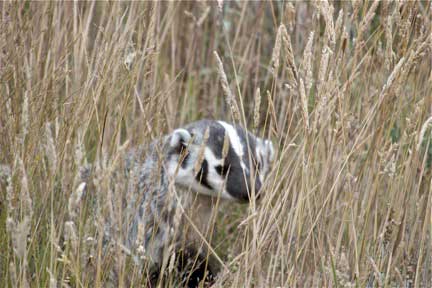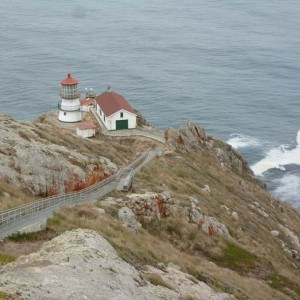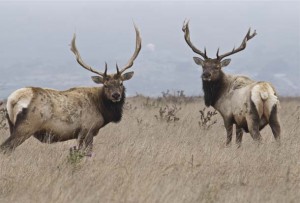I went out for a walk, and finally concluded to stay out till sundown, for going out, I found I was really going in. –John Muir
In the frontispiece to my book, “The Natural History of the Point Reyes Peninsula,” I chose the above quote by the inveterate wanderer, Saint John of the Mountains. Not to quarrel with the old sage, but on my wild walks I’ve mulled over his observation and wondered about its meaning. While walking along a trail where nature is allowed to be herself, it seems to me that one’s conscious mind is drawn out to encompass the surrounding world–a purling creek, soughing trees, the shadow of a passing hawk–while simultaneously integrating these signals with one’s inner world. Nature’s incitements provide perspective and context for the mélange of messages swirling through our heads … and hearts. (In Buddhism, “citta,” the heart and the mind.)
Maybe Mr. Muir meant something more expansive. Maybe he was trying to say that his spirit expanded to encompass the world around him, and incorporate it, and so the outside came in duality dissolved? Was he like his (slightly older) contemporary, Walt Whitman, “engirthing” the world?
I sing the body electric
The armies of those I love engirth me and I engirth them.
So, on my 2012 “walkabout,” I’ll be setting out for some of the solitude and solace our wildlands provide, but always hoping for chance encounters with the unexpected, like the one I had at Abbott’s Lagoon last July. While walking along the trail contemplating this year-long walkabout, I nearly stumbled over this formidable fellow, an American badger (Taxidea taxus), as he rooted around in the grasses on the side of the trail.
He “gurrrred” and hissed loudly, startling me, and as I quickly backed off, he resumed strolling down the trail, nonchalant, but body language that was confident, purposeful. The large size suggested this was a male, perhaps a young one in search of his own home range, or looking for a mate?
Badgers are uncommon on the peninsula, restricted to open grasslands where each individual needs about one square mile of prime habitat to survive. The scimitar-like claws on the forelegs are powerful digging tools, effectively designed for burrowing and for pursuing fossorial prey, especially pocket gophers and ground squirrels. Other predators–red-tailed hawks and coyotes–may cue on badgers to capture critters that the somewhat plodding badger may have flushed. But few predators will confront the badger; pound-for-pound (males can weigh up to 25 pounds) he is a daunting opponent with an irascible spirit.
The badger belongs to the Mustelid family of the order Carnivora, a diverse group that includes weasels, fishers, mink, martin, otters, and that supreme mustelid, the wolverine. (The skunks, formerly considered mustelids, are now placed in a separate family, the Mephitidae.) All of the mustelids (except sea otters) have powerful anal scent glands, which serve territorial marking, navigation, and sexual attraction.
But, as Lao Tzu advises in the Tao Te Ching, “Nature doesn’t make long speeches.”
Next Posting (#2)
I’m planning my first hike for next week, mid-January, probably out the Bear Valley Trail to Arch Rock (4.0 miles), then north on the Coast trail to Sky trail (0.5 mi), up the Sky trail to Mt. wittenberg (4.3 mi), then back down to Park Headquarters (2 mi), a 10.8 mile walkabout.
Maybe I’ll see you on the trail . . .






